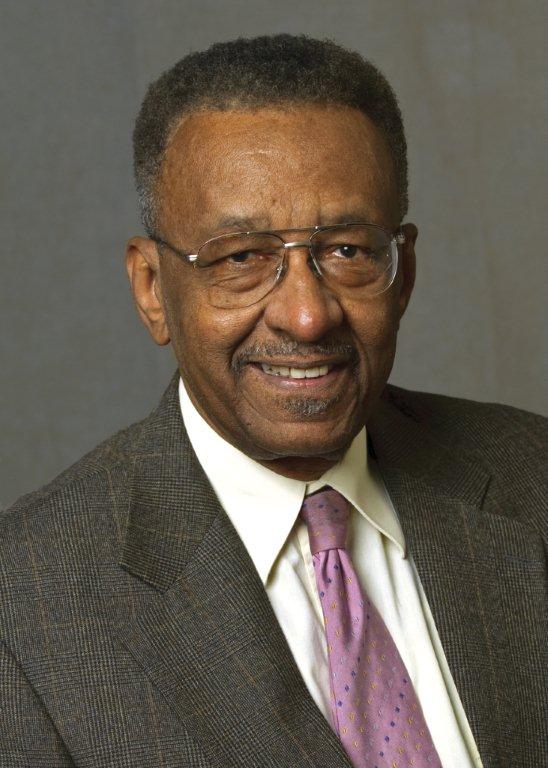Nationally, the average per gallon price for regular gasoline is $2.50. Are gasoline prices high? That’s not the best way to ask that question. It’s akin to asking, “Is Williams tall?” The average height of U.S. women is 5’4”, and for men, it’s 5’10”. Being 6’4”, I’d be tall relative to the general U.S. population. But put me on a basketball court, next to the average NBA basketball player, and I wouldn’t be tall; I’d be short. So when we ask whether a price is high or low, we have to ask relative to what. In 1950, a gallon of regular gasoline sold for about 30 cents; today, it’s $2.50. Are today’s gasoline prices high compared to 1950? Before answering that question, we have to take into account inflation that has occurred since 1950. Using my trusty inflation calculator (www.westegg.com/inflation), what cost 30 cents in 1950 costs $2.33 in 2005. In real terms, that means gasoline prices today are only slightly higher, about 8 percent, than they were in 1950. Up until the recent spike, gasoline prices have been considerably lower than 1950 prices. Some Americans are demanding that the government do something about gasoline prices. Let’s think back to 1979 when the government did do something. The Carter administration instituted price controls. What did we see? We saw long gasoline lines, and that’s if the gas station hadn’t run out of gas. It’s estimated that Americans used about 150,000 barrels of oil per day idling their cars while waiting in line. In an effort to deal with long lines, the Carter administration introduced the harebrained scheme of odd and even days, whereby a motorist whose license tag started with an odd number could fill up on odd-numbered days, and those with an even number on even-numbered days. With the recent spike in gas prices, the government has chosen not to pursue stupid policies of the past. As a result, we haven’t seen shortages. We haven’t seen long lines. We haven’t seen gasoline station fights and riots. Why? Because price has been allowed to perform its valuable function – that of equating demand with supply. Our true supply problem is of our own doing. Large quantities of oil lie below the 20 million acre Arctic National Wildlife Refuge (ANWR). The amount of land proposed for oil drilling is less than 2,000 acres, less than one-half of one percent of ANWR. The U.S. Geological Survey estimates there are about 10 billion barrels of recoverable oil in ANWR. But environmentalists’ hold on Congress has prevented us from drilling for it. They’ve also had success in restricting drilling in the Gulf of Mexico and off the shore of California. Another part of our energy problem has to do with refining capacity. Again, because of environmentalists’ successful efforts, it’s been 30 years since we’ve built a new oil refinery. Few people realize that the U.S. is also a major oil-producing country. After Saudi Arabia, producing 10.4 million barrels a day, then Russia with 9.4 million barrels, the U.S. with 8.7 million barrels a day is the third-largest producer of oil. But we could produce more. Why aren’t we? Producers have a variety of techniques to win monopoly power and higher profits that come with that power. What’s a way for OPEC to gain more power? I have a hypothesis, for which I have no evidence, but it ought to be tested. If I were an OPEC big cheese, I’d easily conclude that I could restrict output and charge higher oil prices if somehow U.S. oil drilling were restricted. I’d see U.S. environmental groups as allies, and I would make “charitable” contributions to assist their efforts to reduce U.S. output. Again, I have no evidence, but it’s a hypothesis worth examination.

Walter E. Williams
Bradley Prize Winner 2017
Professor of Economics.
wwilliam@gmu.edu
(703) 993-1148
D158 Buchanan Hall
Department of Economics
George Mason University
Related Sites:
The homepage of George Mason University.
Homepage of the Department of Economics at GMU.